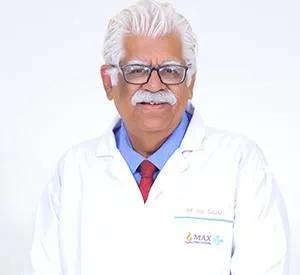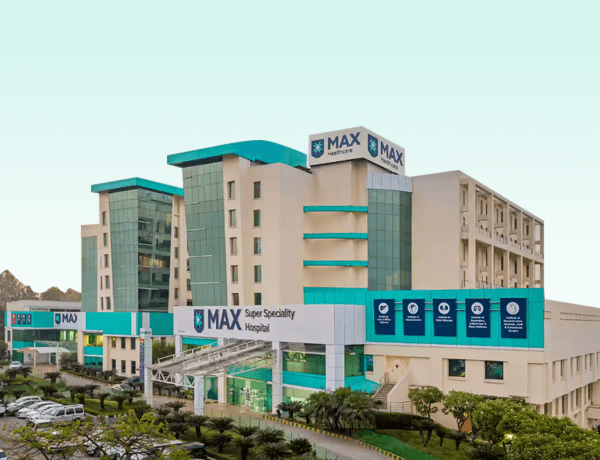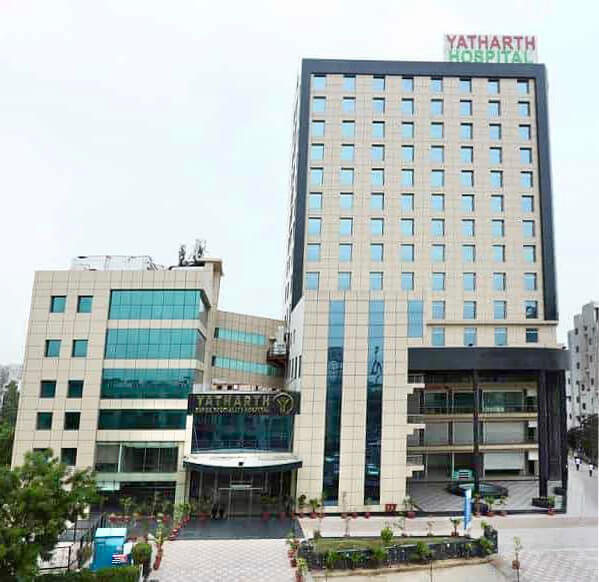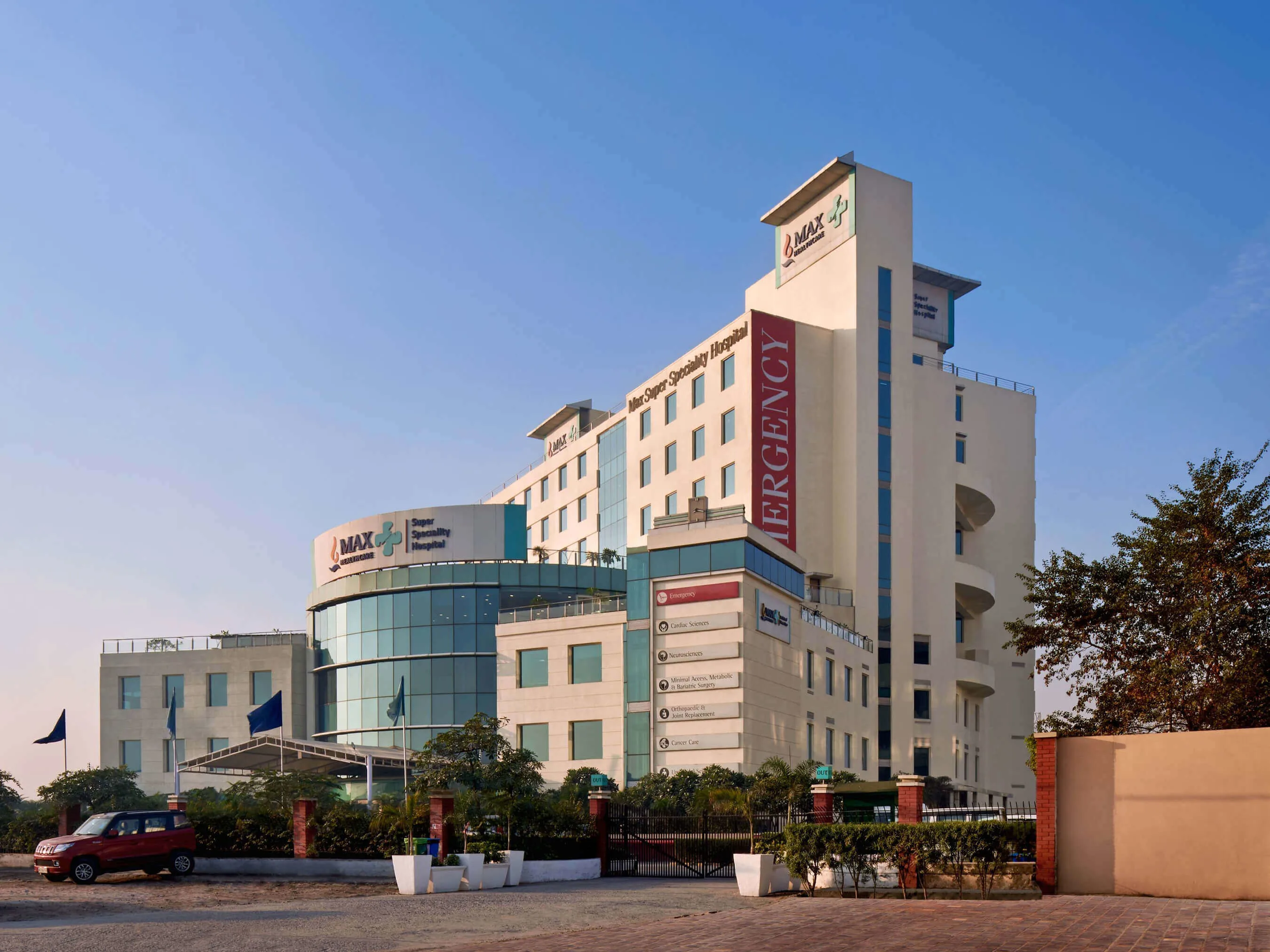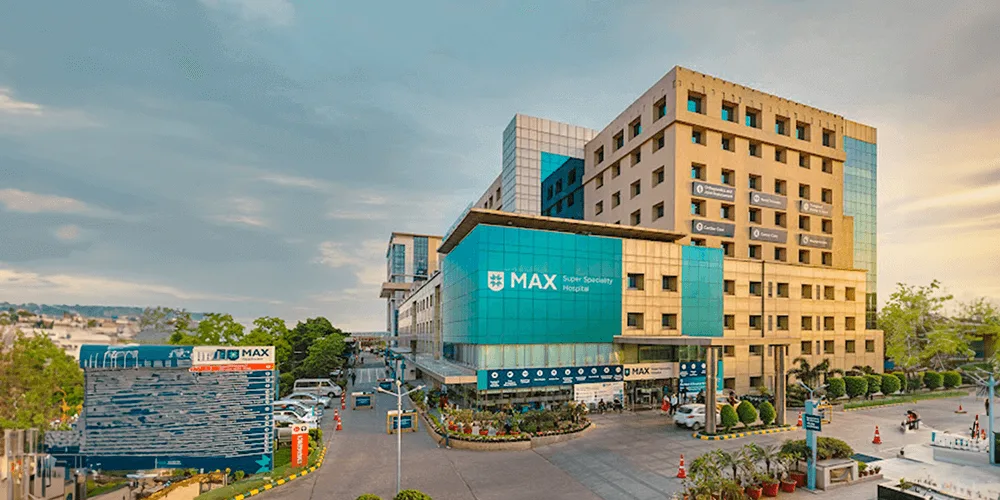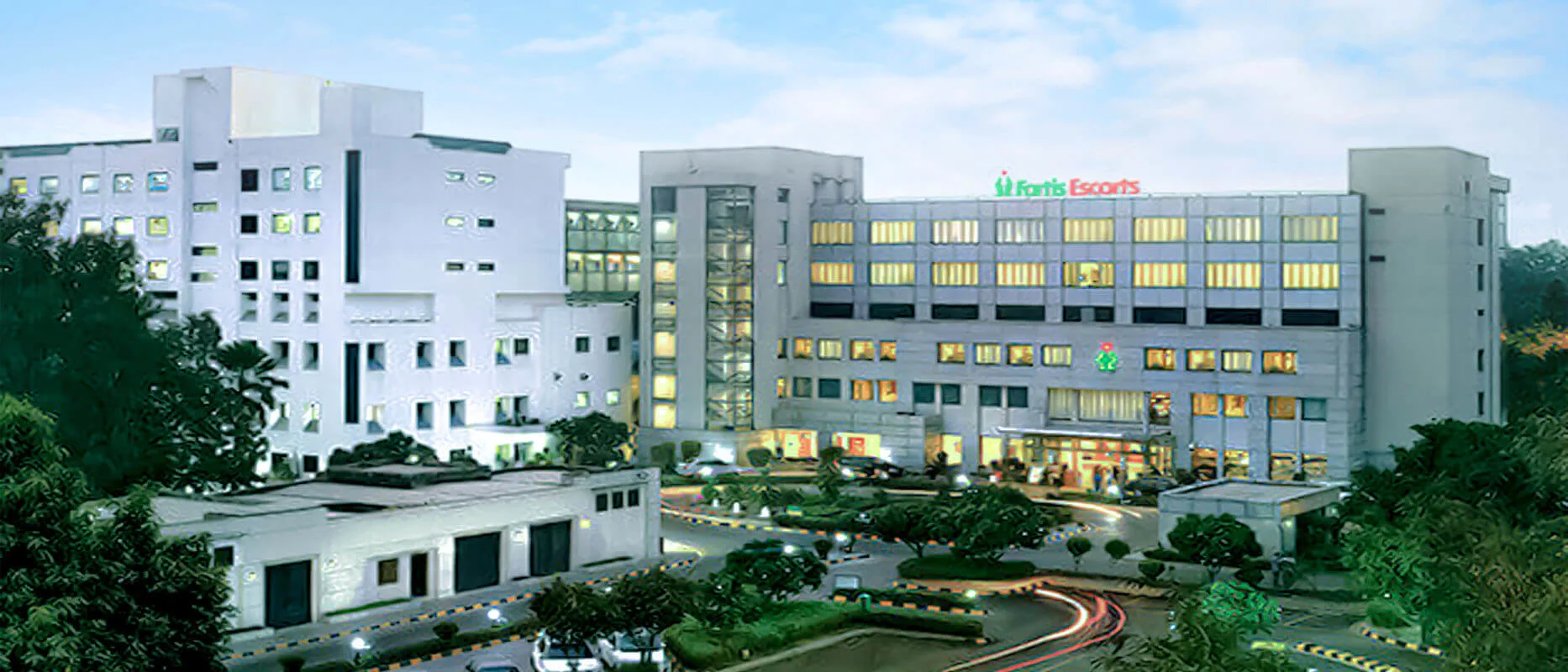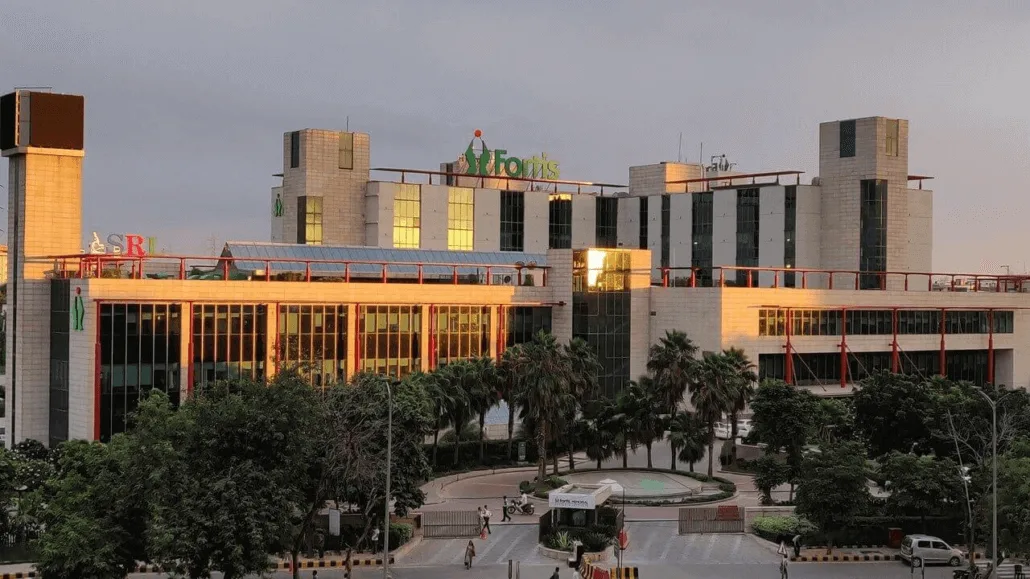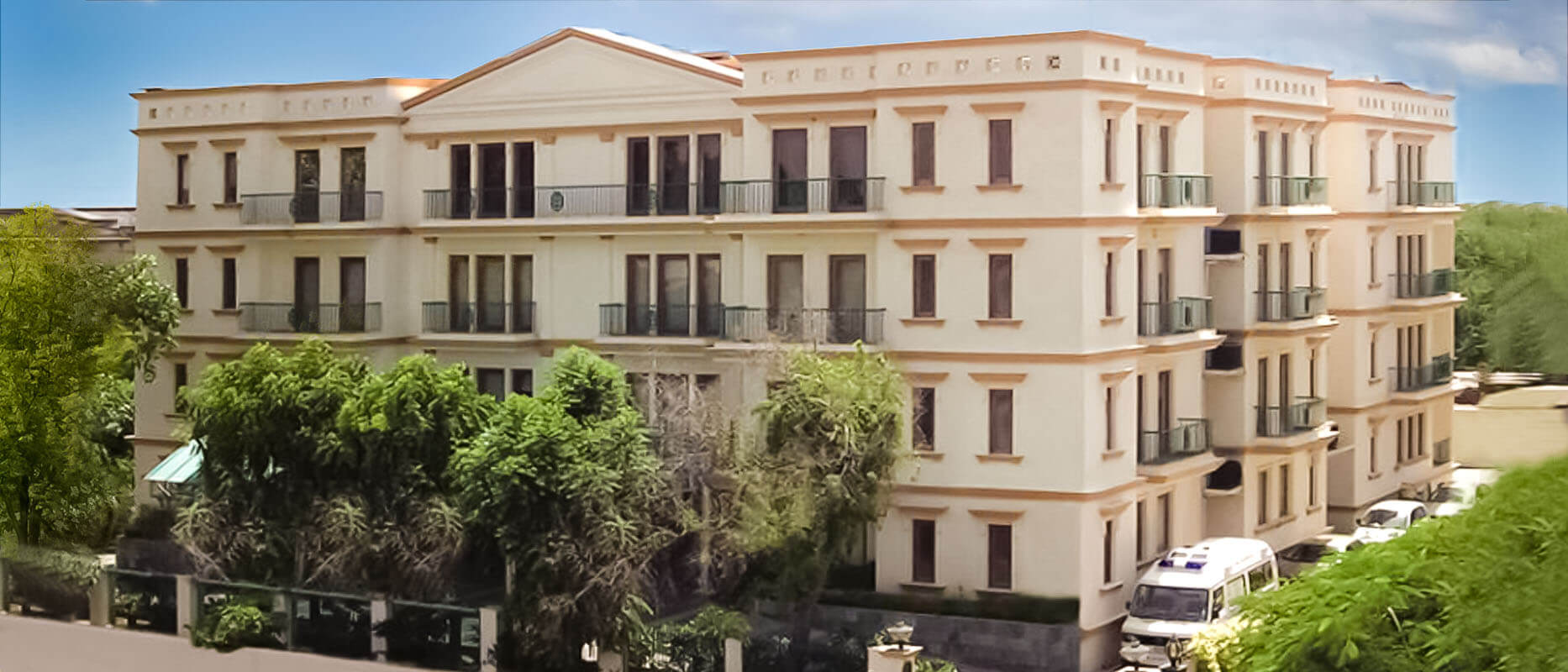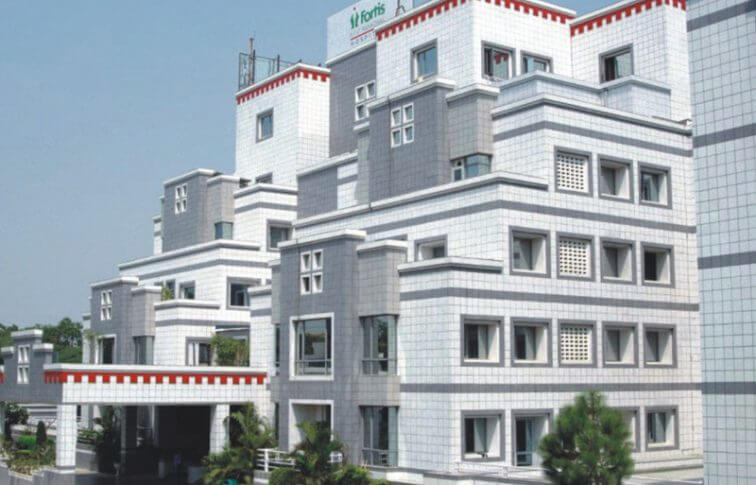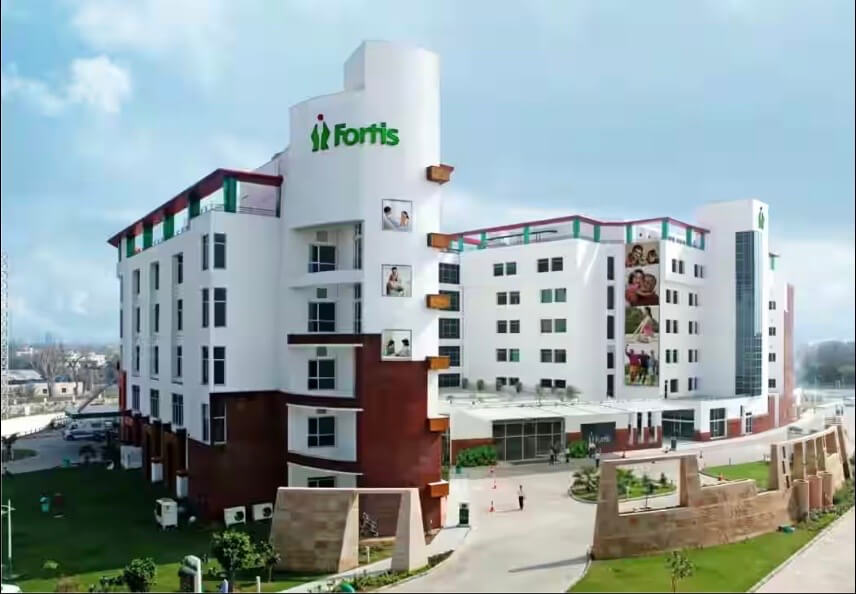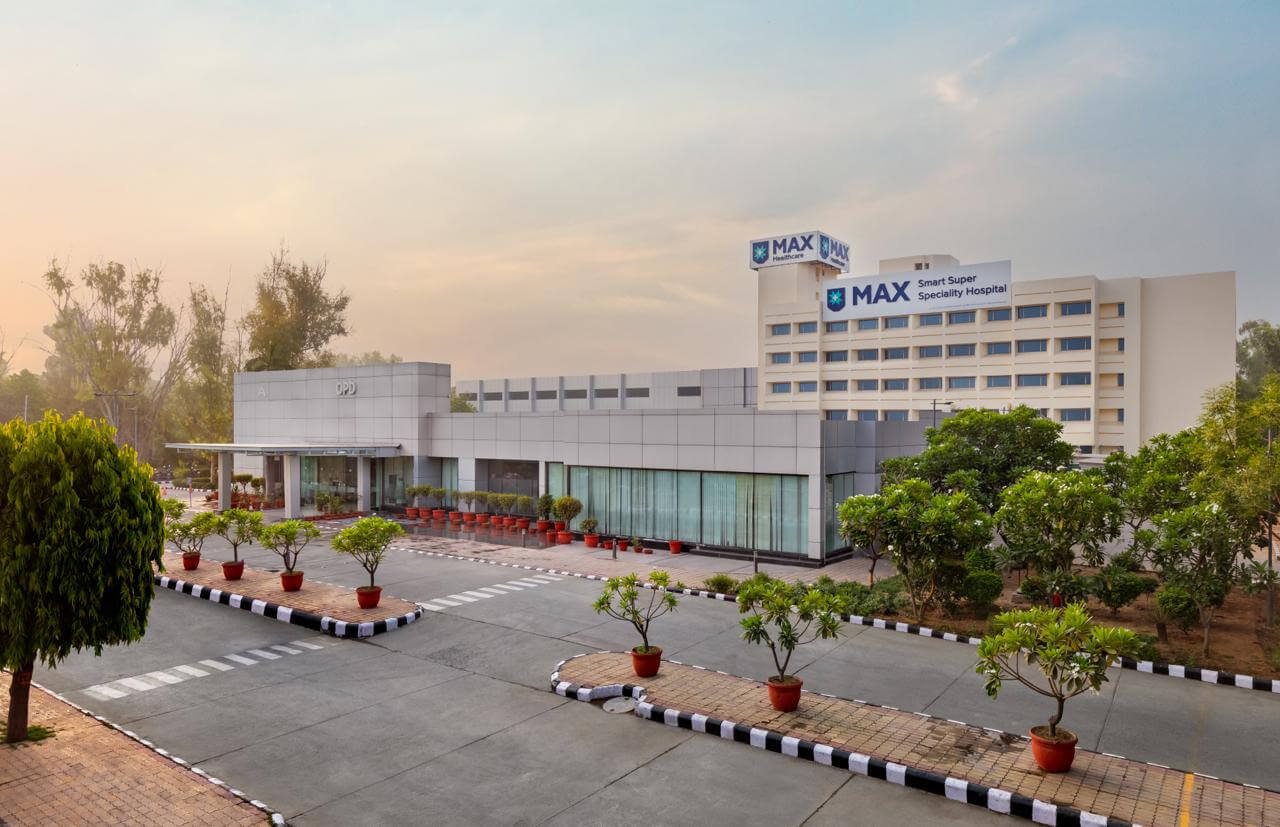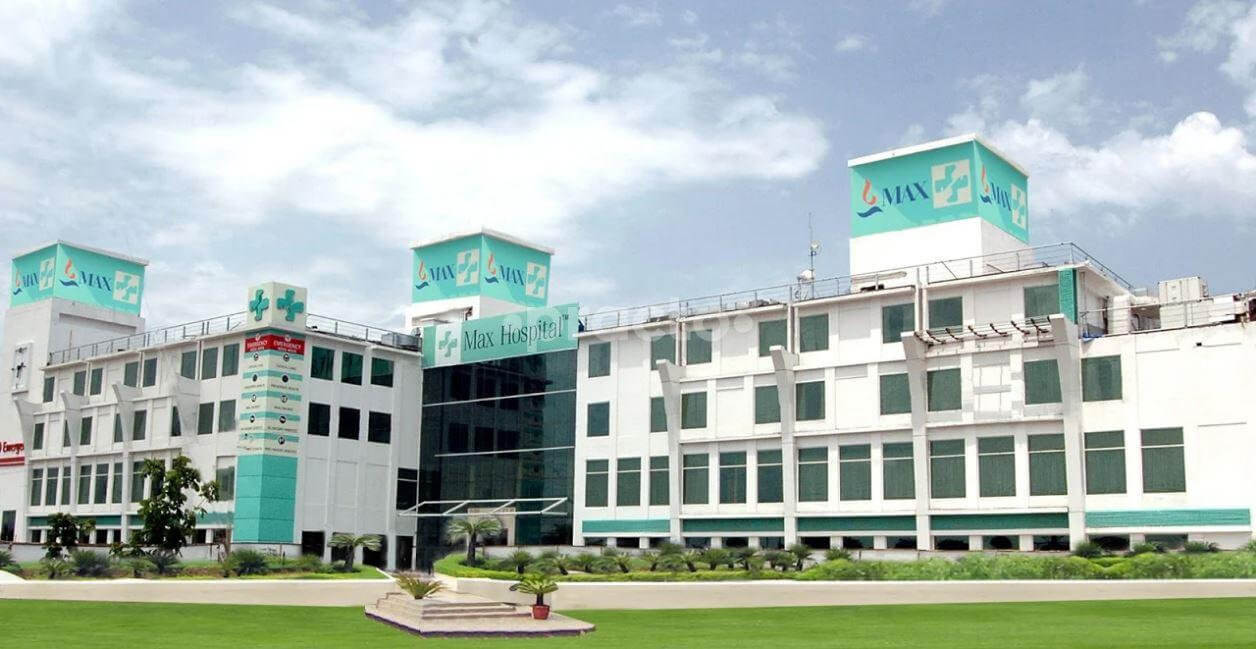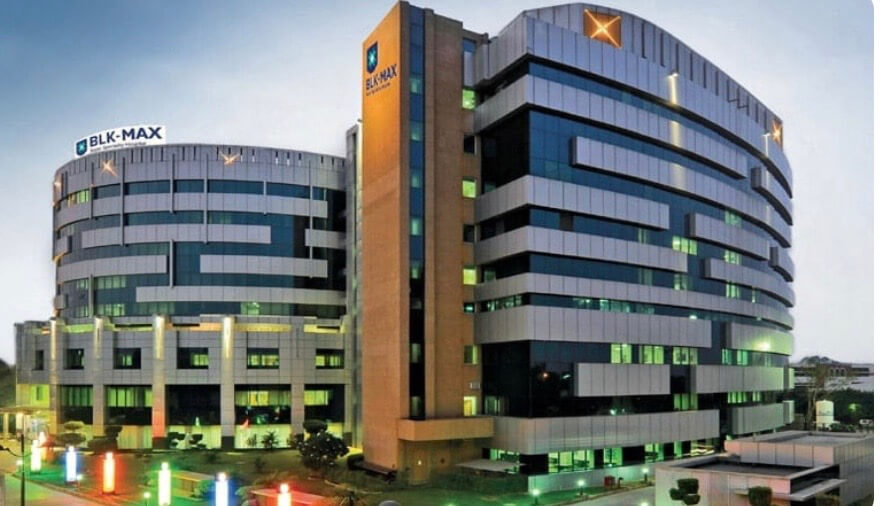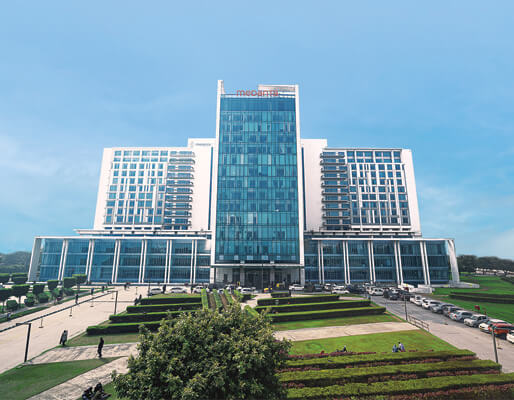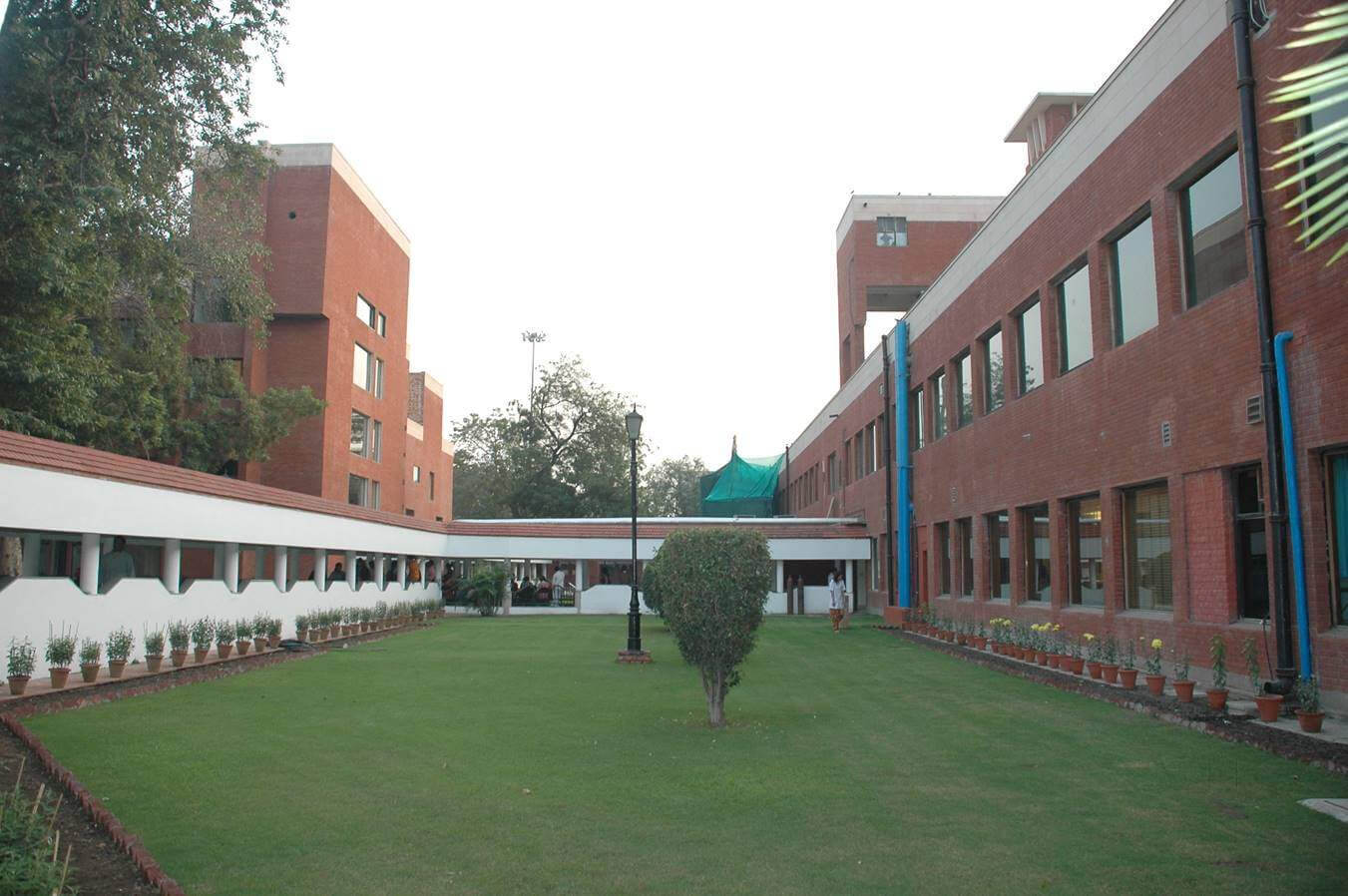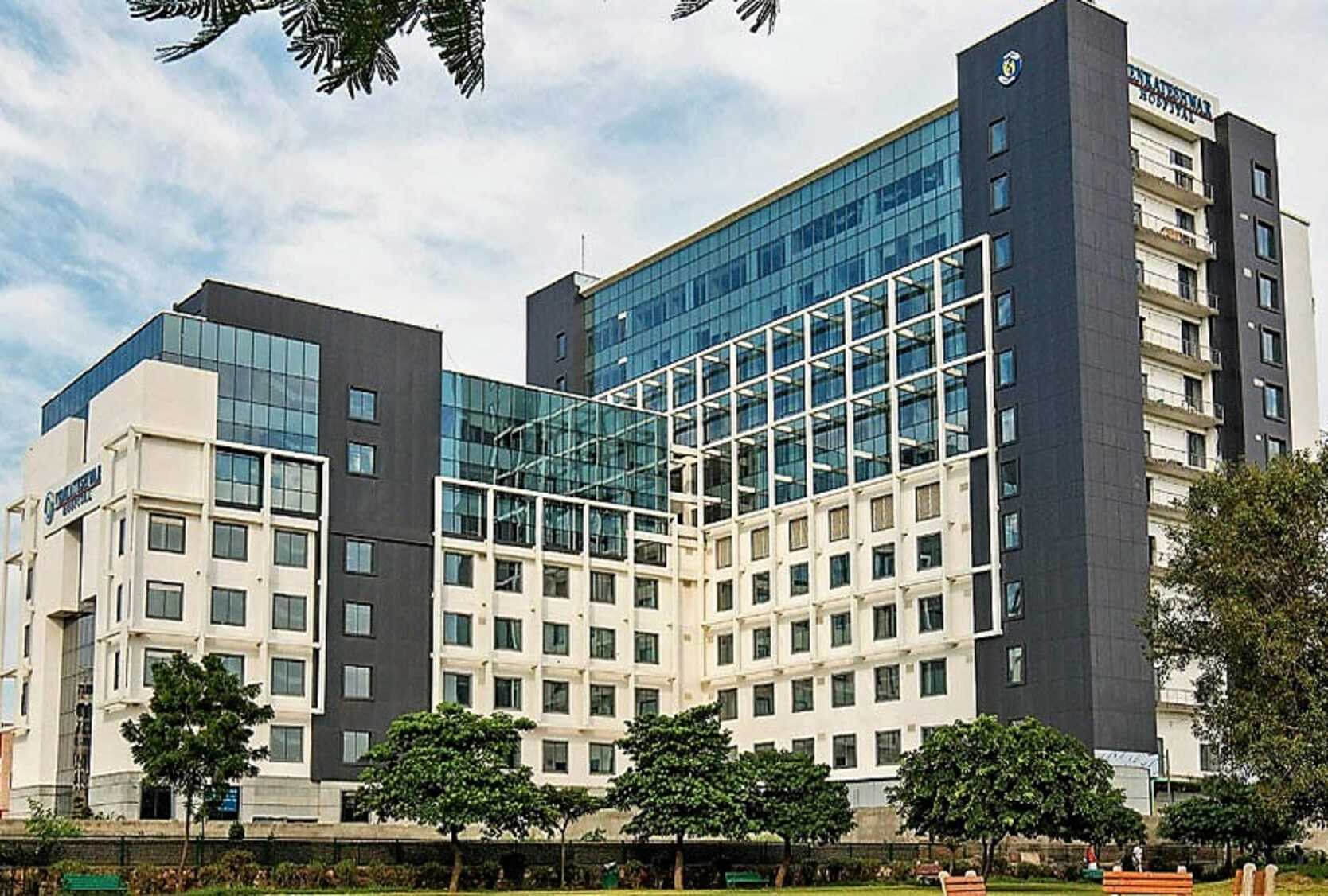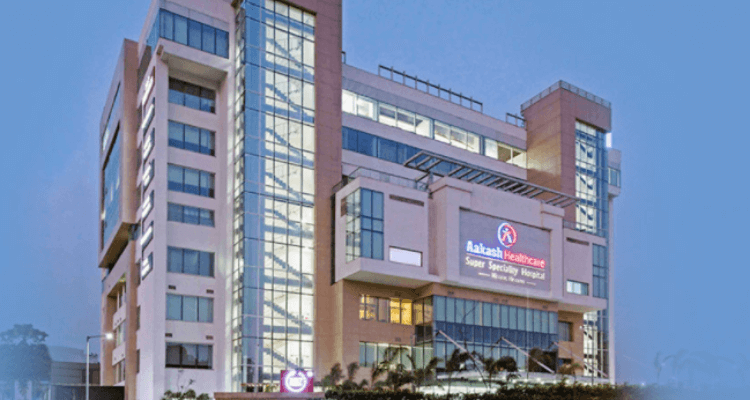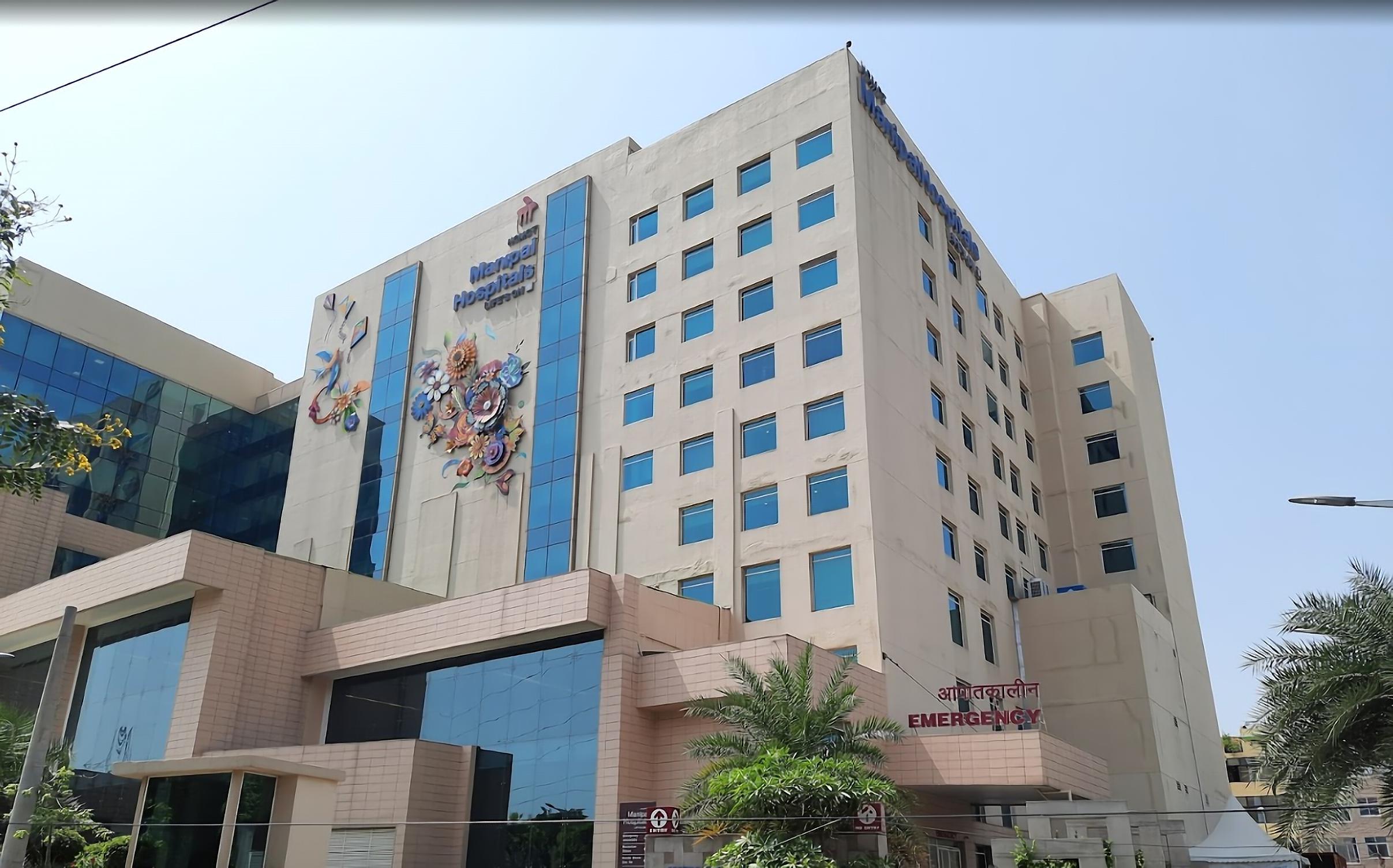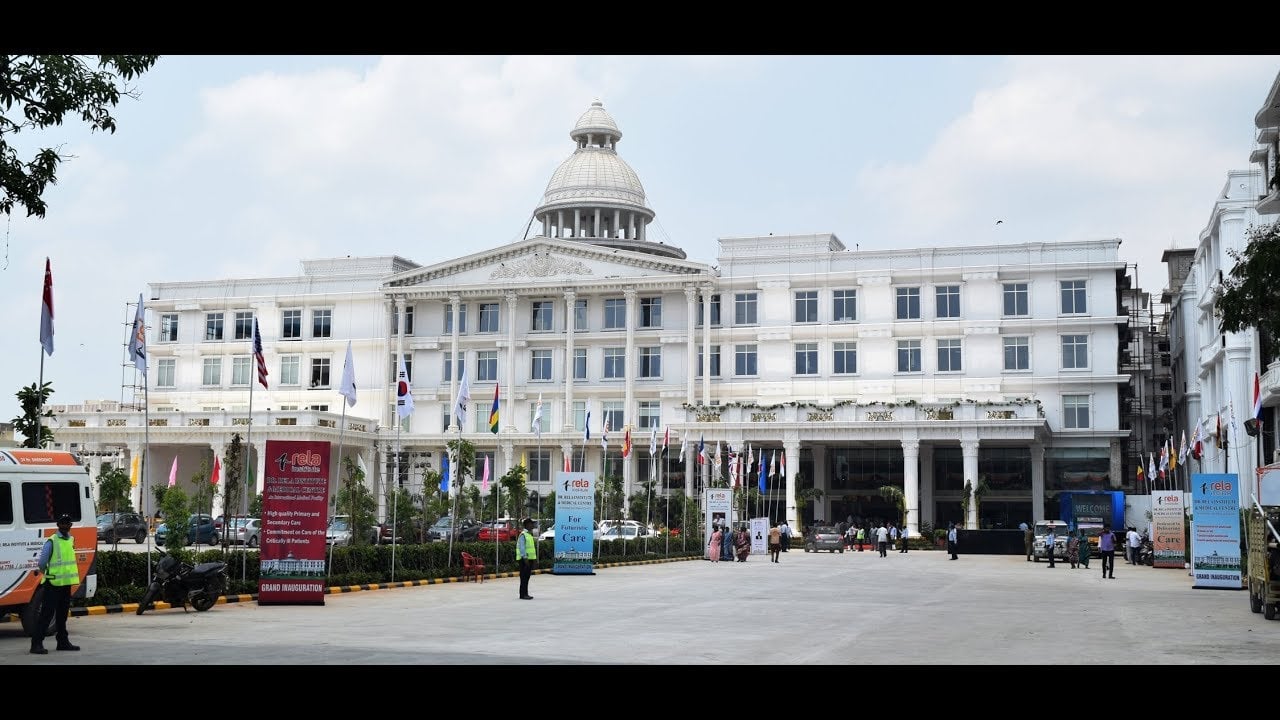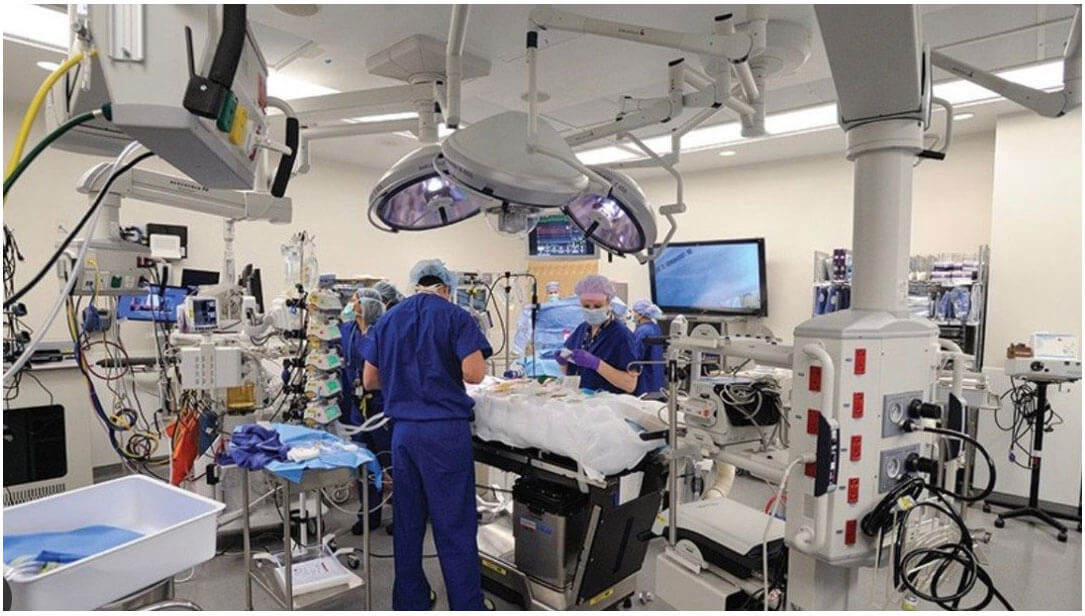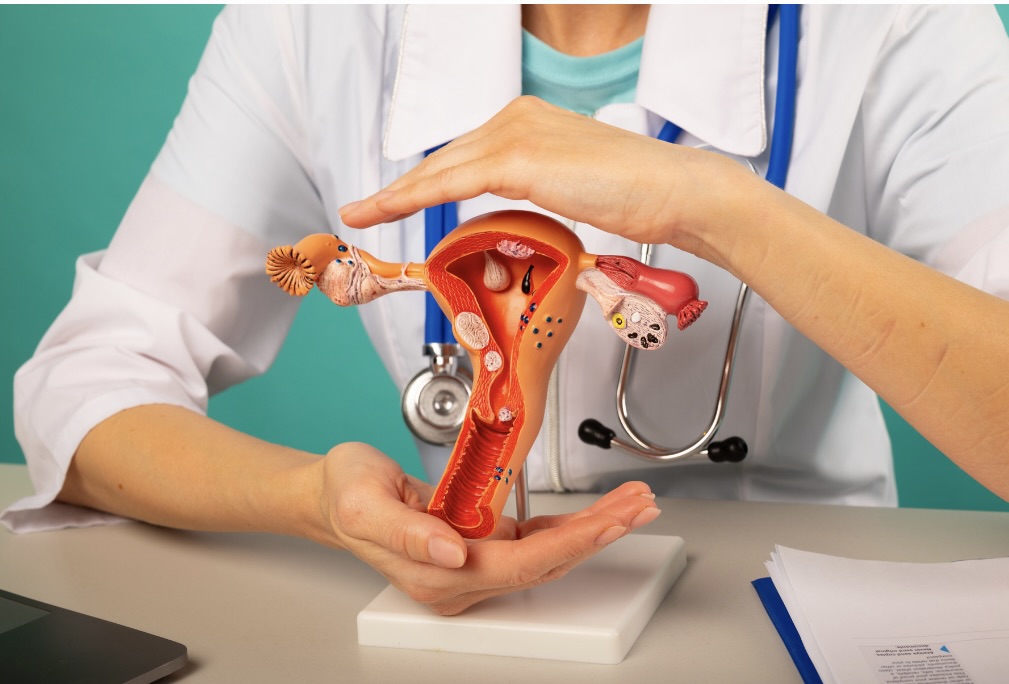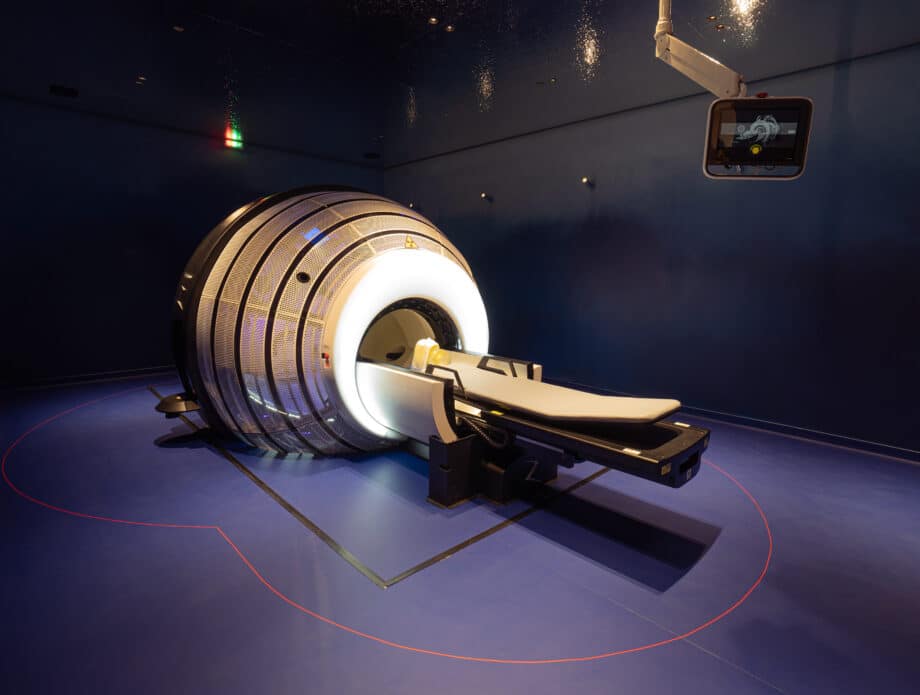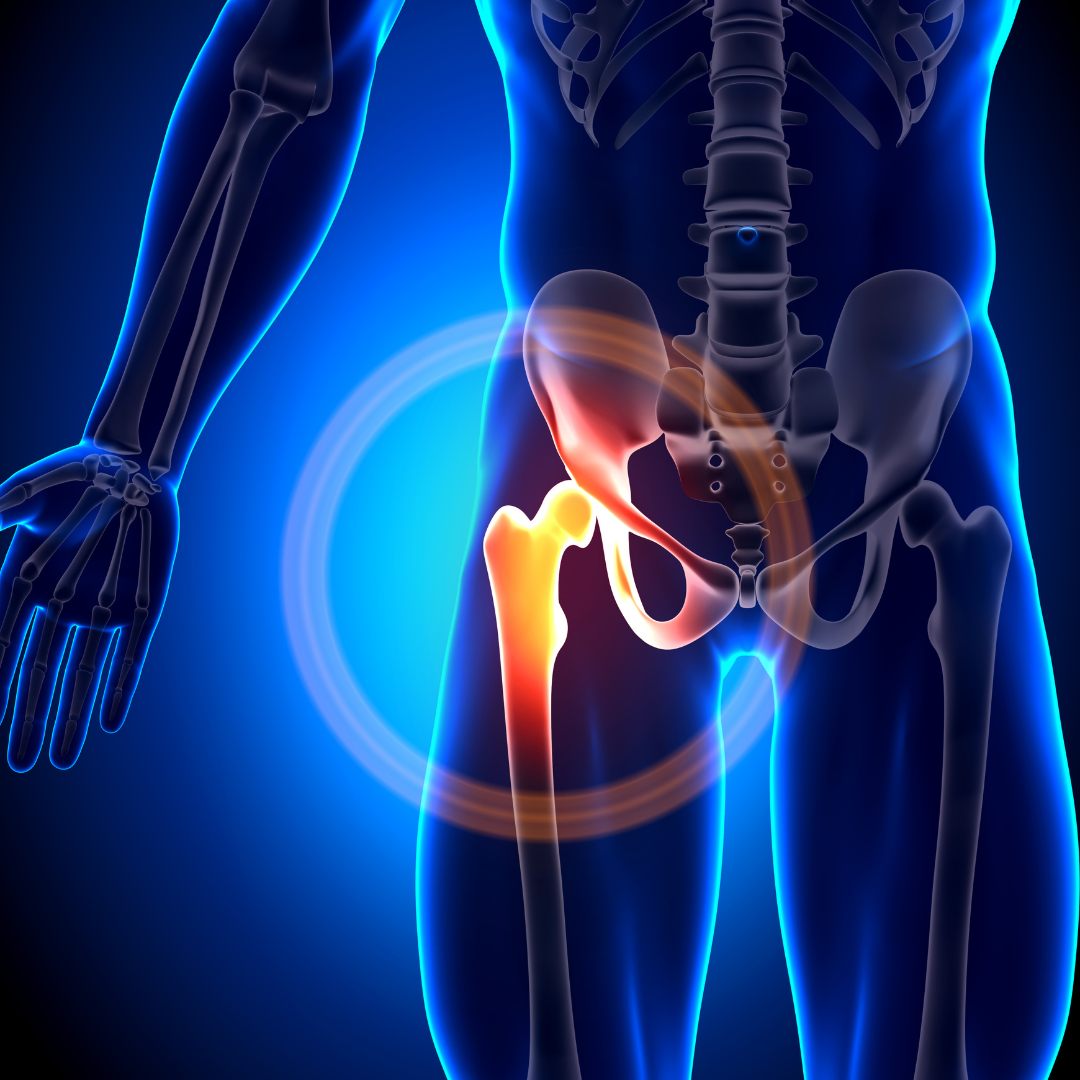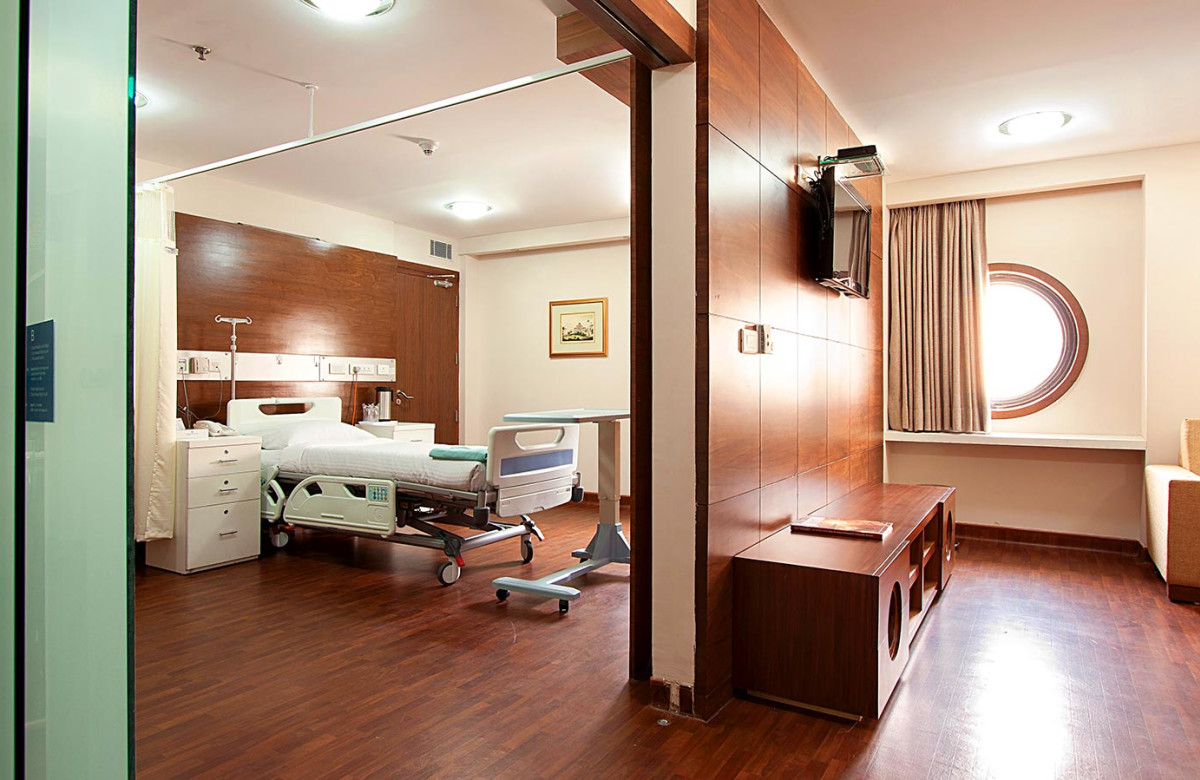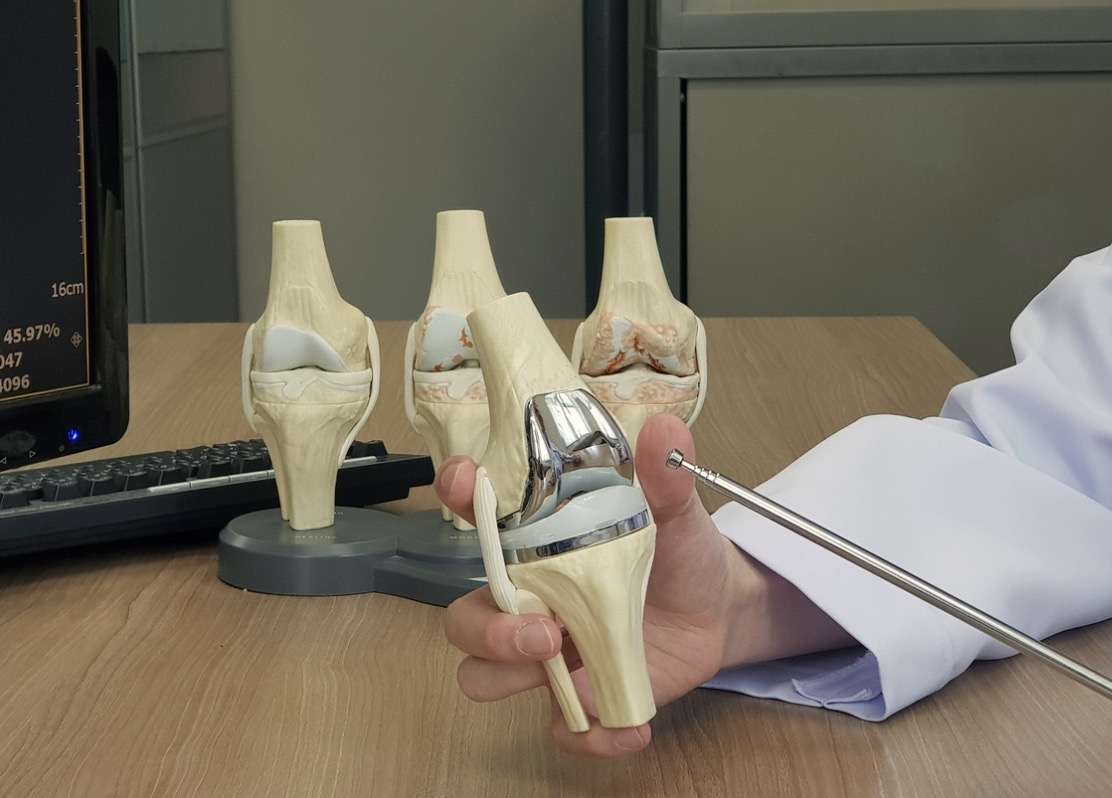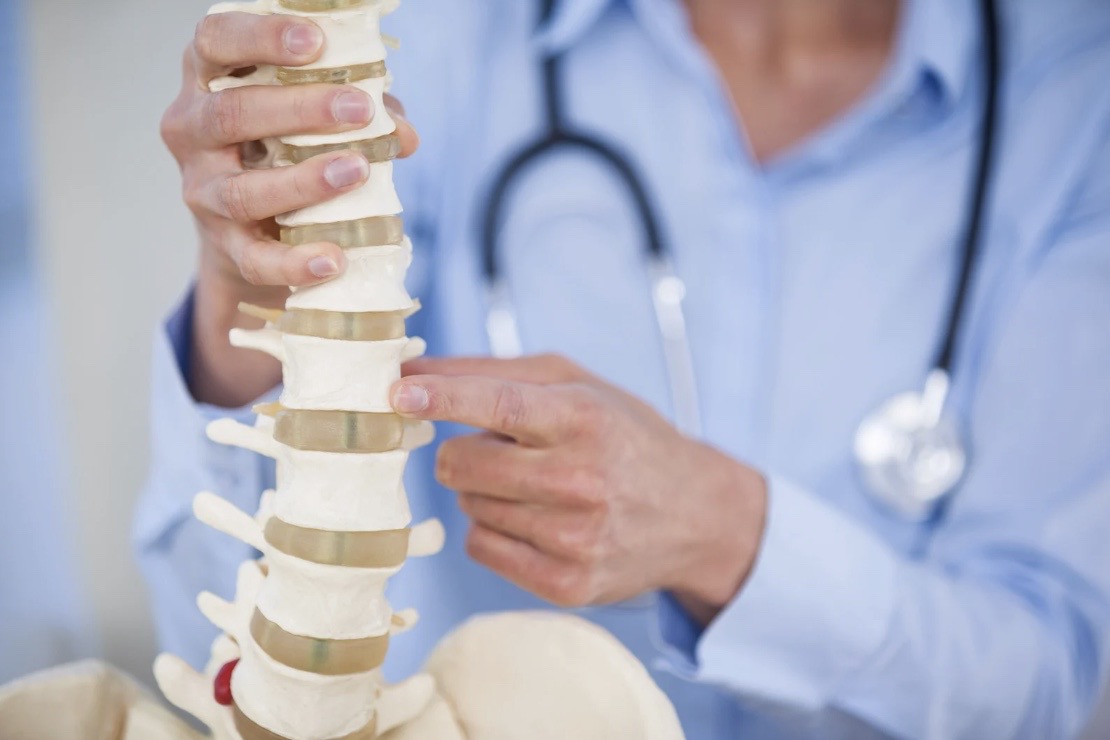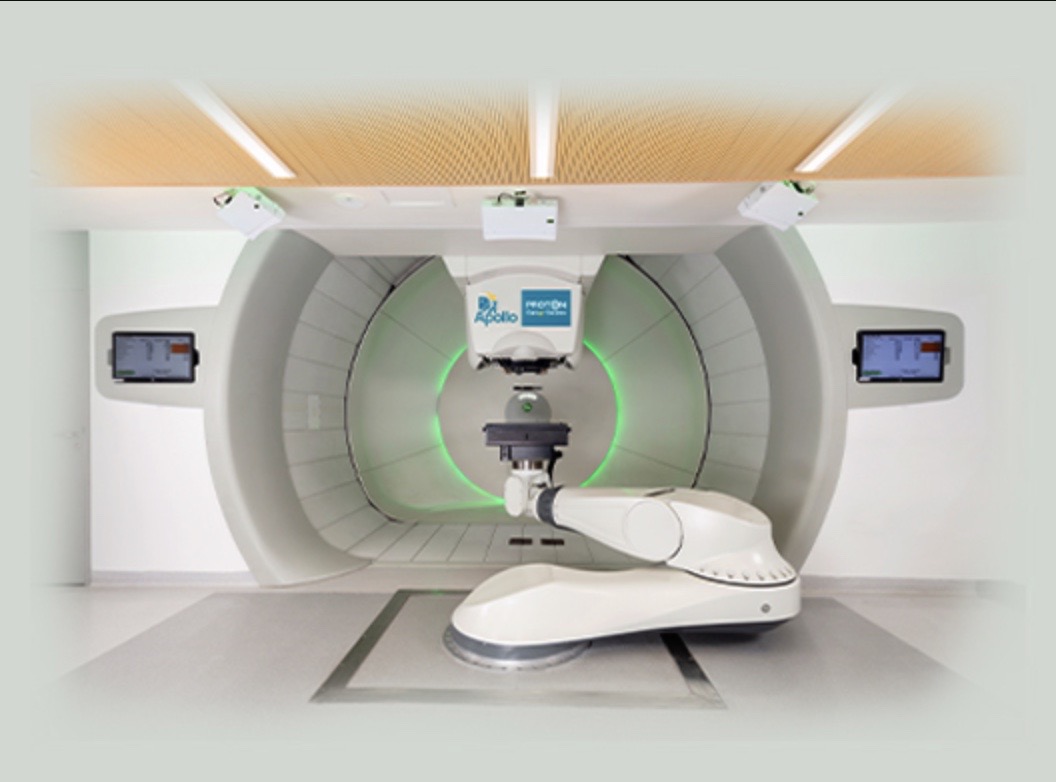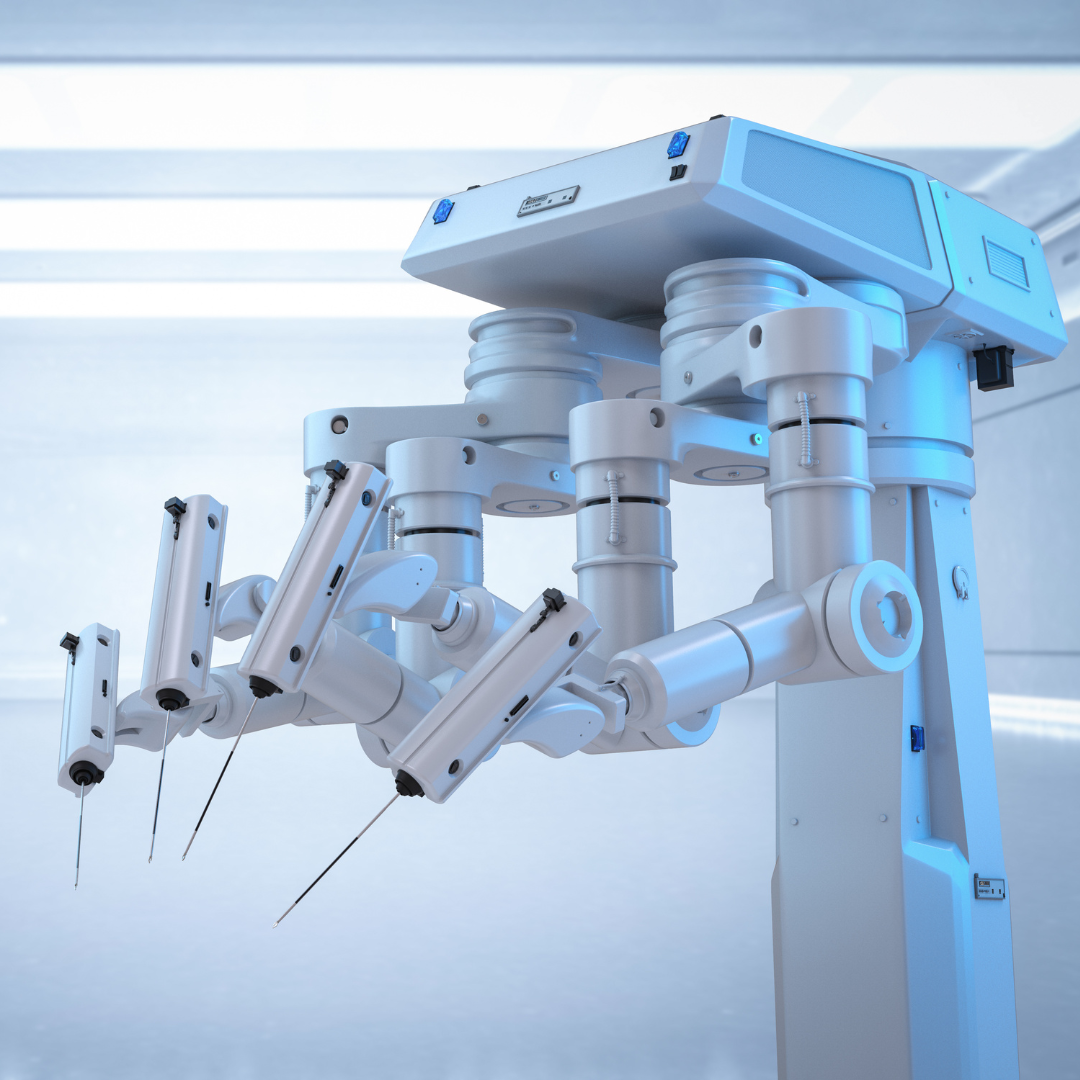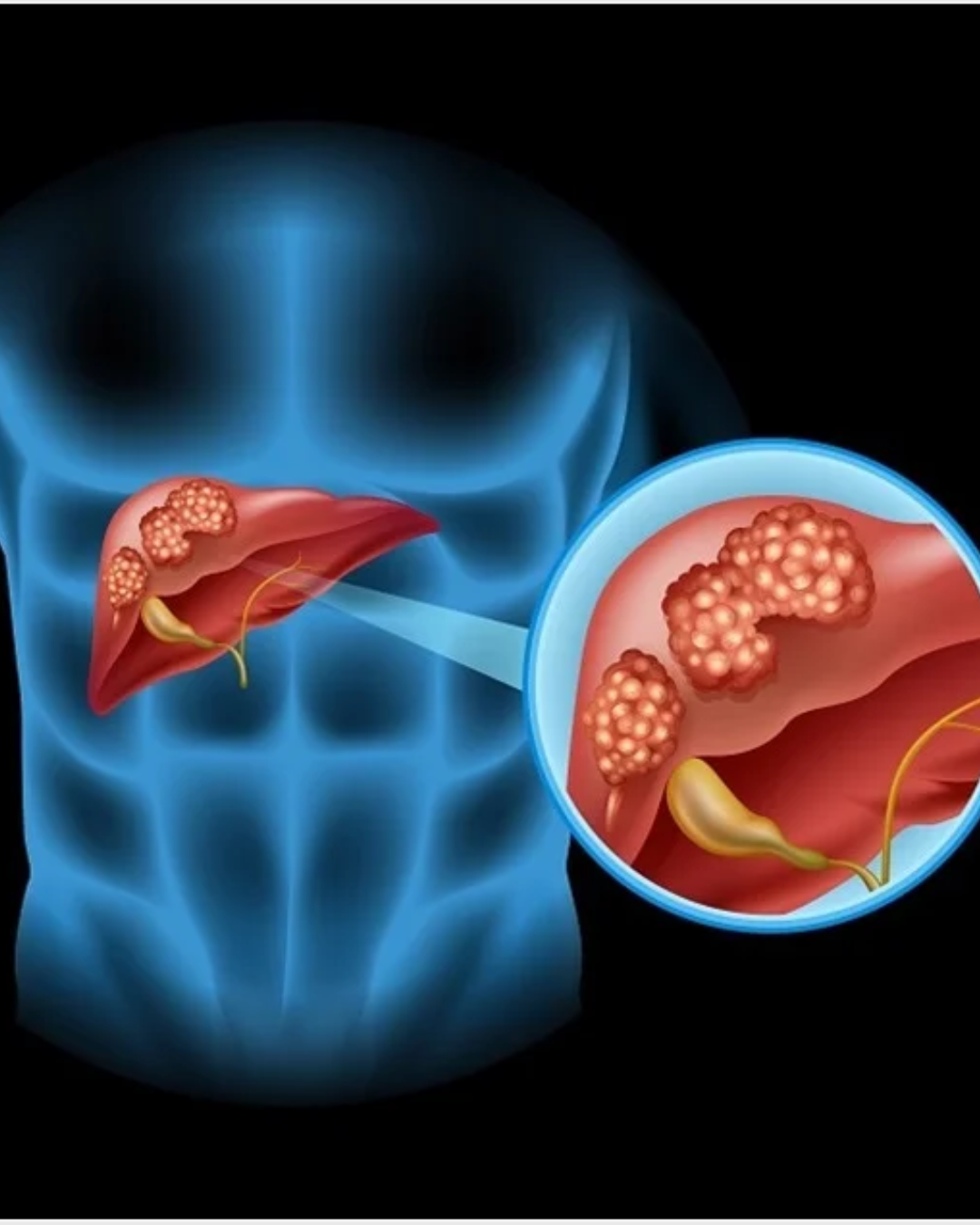Introduction
A spinal fracture occurs when one or more bones in the spine are cracked or broken, often due to trauma like accidents, falls, or sports injuries. This can lead to severe pain, limited mobility, or neurological damage. A spinal fracture can cause paralysis if it affects the spinal cord, which transmits nerve signals to the body. Paralysis from a spinal fracture can vary in severity, from partial weakness in the limbs to complete loss of function below the site of injury. Treatment options depend on the severity of the fracture and paralysis, ranging from non-surgical interventions like rest and physical therapy to surgical options aimed at stabilizing the spine and decompressing the nerves. Timely and appropriate treatment is crucial for improving outcomes and quality of life for affected individuals.
Cost Comparison
The cost of spinal fracture & paralysis treatment varies widely anywhere in the world, depending on the hospital, the stage of cancer, the type of treatment, the number of therapy sessions required, the patient’s overall health condition, post-operative complications and care, etc. The average cost of spinal fracture & paralysis in India is USD $1700.
But be assured as the cost of Spinal Fracture & Paralysis in India is just a fraction of developed nations.
- Avg Cost of treatment - $1700
- Maximum cost of treatment - $6000
Factors affecting Cost of treatment
1. Severity of the Injury:
-
The extent of damage to the spine and whether paralysis is present can greatly affect the cost. A simple fracture may be less costly than one resulting in permanent paralysis or requiring complex surgeries.
2. Type of Treatment:
-
Non-surgical treatments (e.g., physiotherapy, medication) are generally more affordable compared to surgical interventions like spinal fusion or decompression surgeries. The inclusion of hardware implants such as screws or rods also increases the cost.
-
Minimally invasive surgery may cost less than traditional open surgeries.
3. Duration of Hospital Stay:
-
Longer hospital stays due to complications or recovery time can increase the overall treatment costs. The need for ICU care and post-operative care can extend the stay and increase costs.
4. Level of Care Needed:
-
The type of hospital (private or public) and the facilities available (e.g., specialized spine centers, advanced imaging techniques like MRI) play a significant role in the treatment cost.
-
Specialist consultations, including that of spine surgeons and rehabilitation specialists, also contribute to costs.
5. Insurance Coverage:
-
If a patient has health insurance, it may cover a portion of the costs, which can significantly reduce out-of-pocket expenses.
-
The type of insurance policy also impacts the extent of coverage for specialized treatments and surgeries.
6. Post-surgery Rehabilitation:
-
Physiotherapy and rehabilitation treatments are necessary for spinal injury recovery and paralysis management. The cost of these therapies, along with the duration of rehabilitation, can add to the overall treatment cost.
7. Medical Equipment and Technology:
-
The use of advanced medical technology, such as 3D imaging for surgery planning or robot-assisted surgery, may increase the treatment cost.
-
Prosthetics or orthotic devices (such as braces or wheelchairs) may also be required, adding to the cost.
8. Complications:
-
Infections, bleeding, or blood clots following surgery can increase the cost of care due to longer hospital stays, additional treatments, or follow-up procedures.
-
If paralysis leads to lifelong care or multiple surgeries, the cost can increase significantly.
9. Hospital Reputation:
-
Prestigious hospitals with high-end services (such as Fortis, Max Healthcare, Artemis in India) generally charge higher fees for their services due to their quality and reputation.
10. Recovery and Follow-Up Care:
- Post-treatment consultations, additional imaging (e.g., MRI or X-rays), and continuous monitoring can increase the total treatment cost.
Treatment Options
1. Conservative (Non-Surgical) Treatment:
-
Immobilization: Initially, a patient may be placed in a neck brace or a spinal brace to immobilize the affected area and prevent further injury.
-
Pain Management: Over-the-counter pain medications, or stronger medications like opioids or muscle relaxants, may be prescribed to relieve pain and inflammation.
-
Corticosteroid injections may be used to reduce swelling and inflammation around the spinal cord.
-
Physical Therapy: Physical rehabilitation may be suggested to strengthen muscles, improve range of motion, and help restore normal function.
2. Surgical Treatment:
-
Spinal Decompression Surgery: This procedure is used when a spinal fracture causes compression of the spinal cord or nerves. The goal is to remove the pressure and prevent further nerve damage.
-
Laminectomy: Removal of part of the vertebra (lamina) to relieve pressure.
-
Foraminotomy: Removal of bone or tissue around the nerve root to reduce compression.
-
Spinal Fusion: This surgery involves joining two or more vertebrae together to stabilize the spine and prevent movement at the fractured site. It can be done using metal rods, plates, and screws to provide stability.
-
Vertebroplasty/Kyphoplasty: These minimally invasive procedures involve the injection of bone cement into a fractured vertebra to stabilize it and reduce pain. These are often used for compression fractures in the vertebrae.
-
Spinal Implant Surgery: In some cases, metallic devices such as rods, screws, or plates are used to stabilize the spine after a fracture.
-
Artificial Disc Replacement: In cases where the disc is severely damaged, the damaged disc may be replaced with an artificial one.
3. Rehabilitation & Physical Therapy:
-
After surgery or in cases of non-surgical treatment, rehabilitation plays a crucial role in recovery. The goal of therapy is to help the patient regain strength, mobility, and independence.
-
Physiotherapy focuses on improving strength, flexibility, and balance. Occupational therapy can help with adaptive techniques for daily activities.
-
If there is paralysis, neuro-rehabilitation is a key component, focusing on helping the patient regain motor functions and adapting to life with a spinal injury.
-
Assistive Devices: In cases of severe paralysis, the use of wheelchairs, braces, or prosthetic devices may be necessary.
4. Stem Cell Therapy & Regenerative Medicine (Experimental):
-
Emerging treatments such as stem cell therapy are being researched for their potential to repair spinal cord injuries and regenerate nerve tissue. These therapies are still experimental and not widely available but may hold promise for future treatments.
-
Platelet-rich plasma (PRP) therapy, neurotrophic factors, and other biological treatments may be explored as part of future therapeutic options.
5. Minimally Invasive Techniques:
-
For certain spinal fractures, minimally invasive techniques such as endoscopic spinal surgery or robot-assisted surgery may be used to reduce surgical trauma, recovery time, and risks.
6. Pain Management:
-
Intrathecal drug delivery systems (pain pumps) may be used to deliver pain-relieving medication directly to the spinal cord for patients who experience chronic pain after a spinal injury.
-
Nerve blocks, epidural injections, and TENS (Transcutaneous Electrical Nerve Stimulation) may also be used for pain relief.
7. Psychological Support:
-
Spinal fractures, especially those leading to paralysis, can have a profound emotional and psychological impact. Psychological support and counseling are often essential for patients and their families to cope with the challenges of recovery.
8. Assistive Technology & Adaptive Devices:
-
Robotic exoskeletons and prosthetic limbs may be used for rehabilitation to help patients with paralysis regain mobility and independence.
-
Electrical stimulation (Functional Electrical Stimulation or FES) can help stimulate muscle contraction to improve function.
9. Lifestyle and Home Modifications:
- Patients may need to make lifestyle adjustments, including using wheelchairs, bathroom aids, ramps, and other accommodations at home to enhance their independence and quality of life.
How Medotil Global Assists International Patients
Medical Visa Assistance
- Guides patients through the process of obtaining a medical visa for India.
- Provides necessary documentation support, such as invitation letters from hospitals.
Accommodation Arrangements
- Helps secure comfortable and affordable lodging near treatment centers.
- Offers a range of options, including guest houses, hotels, or serviced apartments.
Food Services
- Assists in arranging dietary preferences, including international cuisines and special diets for medical needs.
Transportation Support
- Provides airport pickup and drop-off services.
- Offers reliable transportation for hospital visits and local travel.
Hospital and Doctor Selection
- Recommends top hospitals and connects patients with experienced specialists in their specific condition.
- Ensures access to advanced medical treatments and technology.
Tourism Services
- Organizes visits to famous tourist attractions like the Taj Mahal, Jaipur, Kerala, and other cultural landmarks.
- Tailors travel plans based on patient preferences and recovery needs.
24/7 Support
- Provides round-the-clock assistance for any queries or emergencies during the stay in India.










